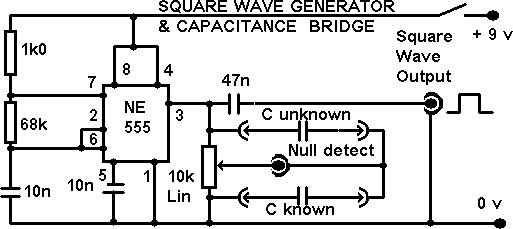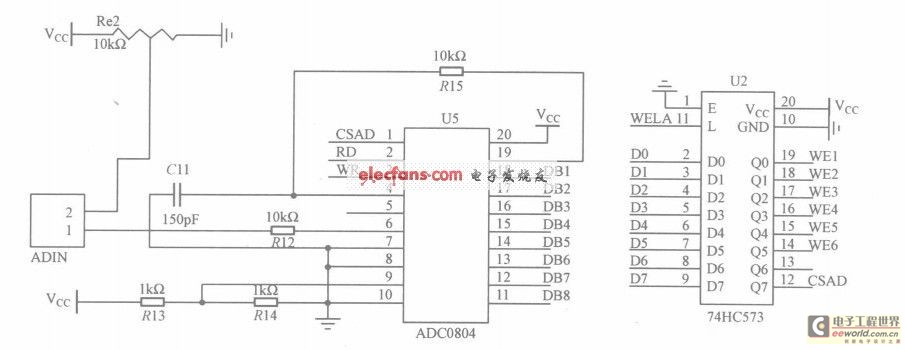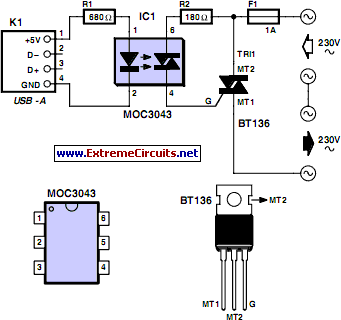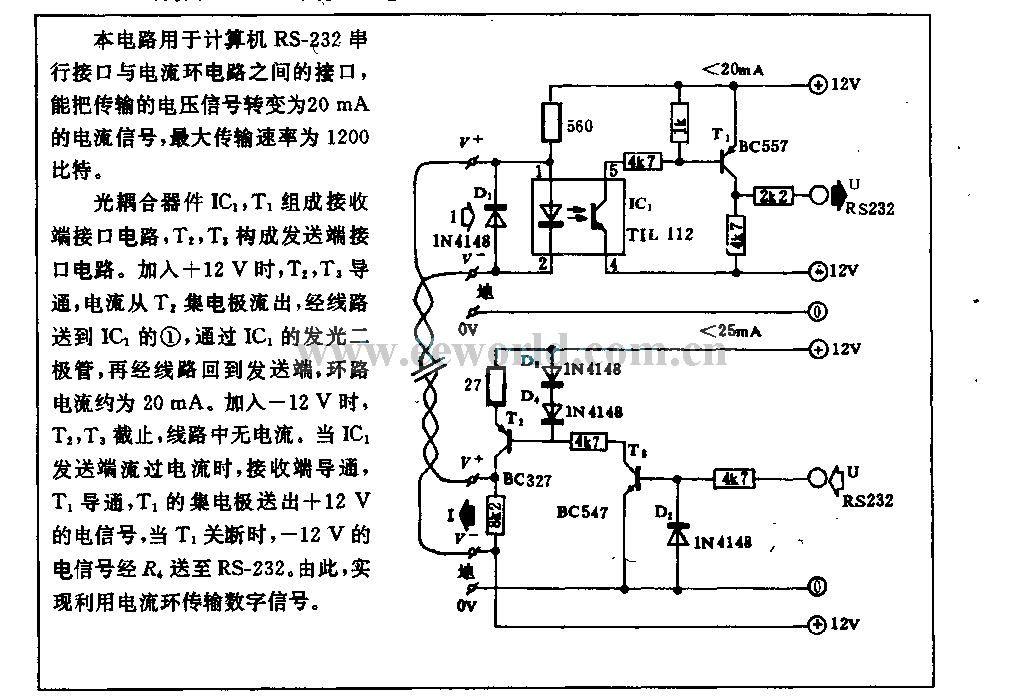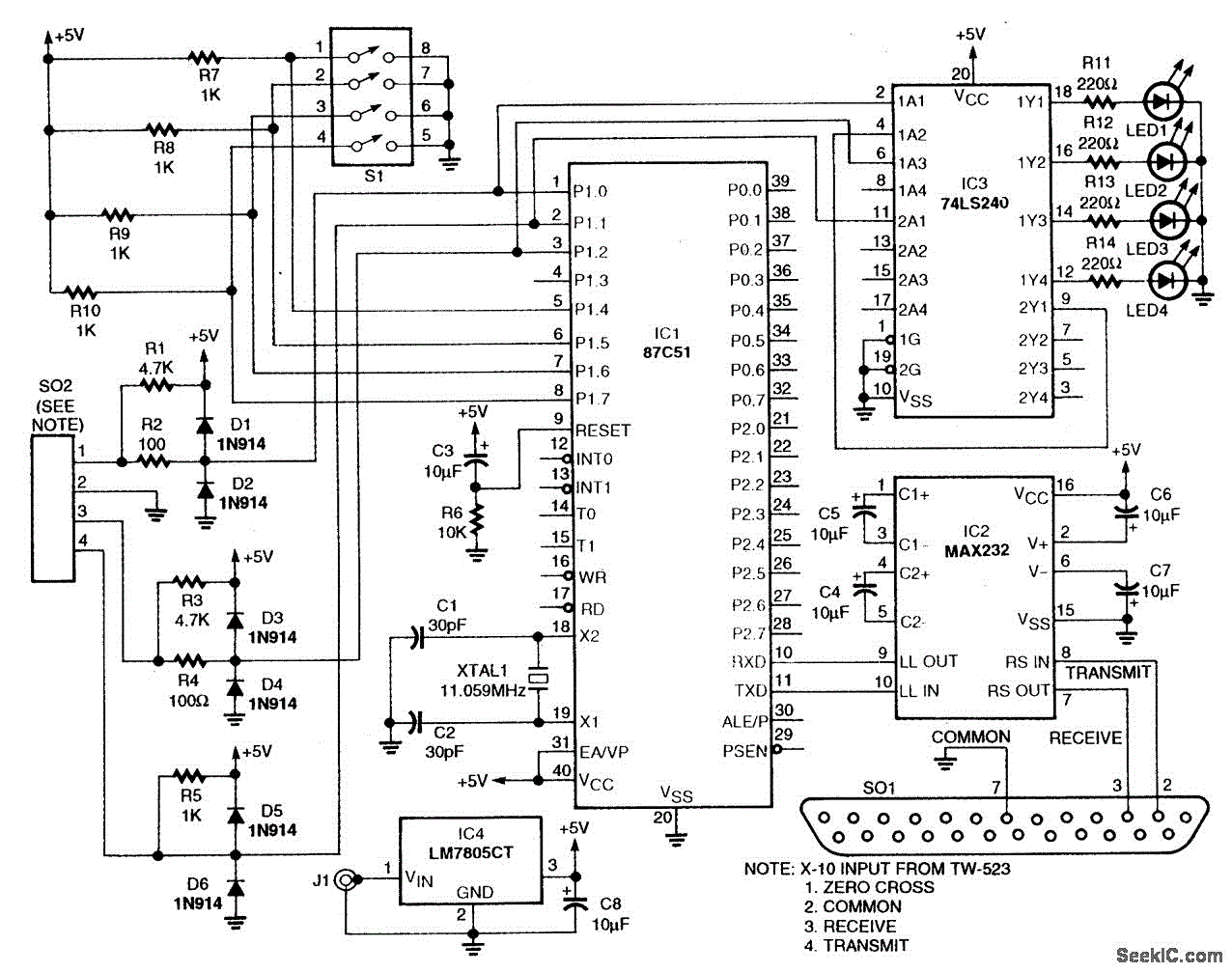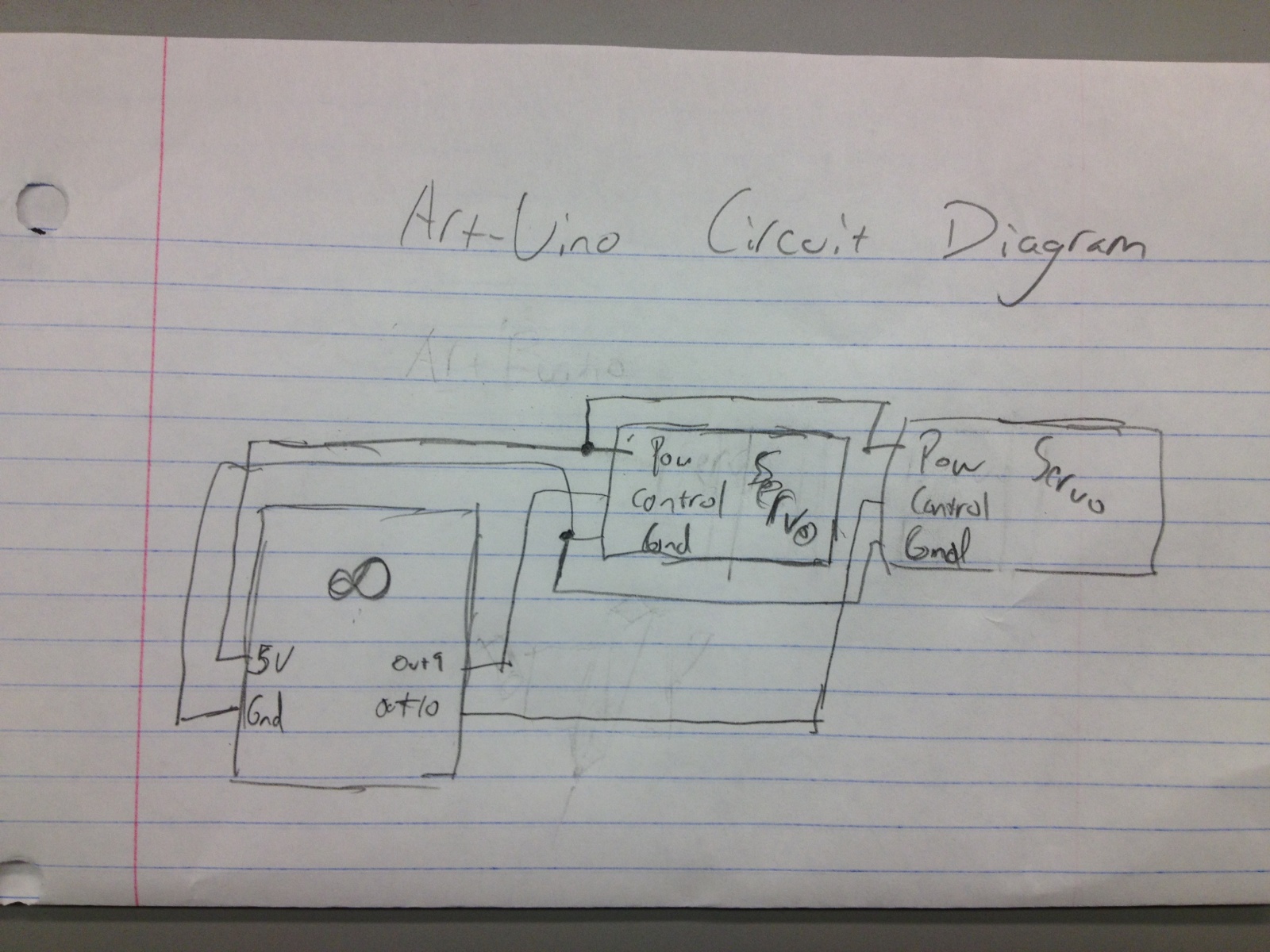
Flight Computer Assembly Instructions

Flight Computer V1.0: B1 PC Board U1 80C32 microprocessor U2 27C256-12 32Kx8 ROM - 120nS "V2.1" U3 74HC373 U4 LM340T-5 5V regulator (may also be a 7805 part) U5 43256-15 32Kx8 RAM - 150nS U6 74HC00 T1-T4 2N6045 or 2N6044 Darlington output transistors Y1 11MHz crystal S1 28-pin ROM socket R1 8.2k reset pull-up resistor R2 90-120 ohms charge reservoir resistor R3-R6 10k resistors C1-C2 30 or 33pF capacitors C3 10uF capacitor C4 100uF power decoupling capacitor C5 0.1uF power decoupling capacitor C6 1000uF charge reservoir capacitor C7-9 0.1uF power decoupling capacitors P1 6-pin main connector P2 10-pin auxiliary connector socket P3 3-pin serial connector socket RS232 interface: U100 RS232 level converter - MAX232 or equivalent C100-C104 10uF capacitors P100 RS232 connector for a computer P101 small connector matching P3 (included in the FC kit). Note that plugs for all connectors on the flight computer and a bag of small pins for the plugs are included; caution is advised to avoid losing them. P1 is a 0.156 (approximately 4mm) pitch Molex connector available at electronic supply stores; P2 and P3 are 2mm DF3 connectors by Hirose Electric available from DigiKey. Some components, especially the TO220 transistors and the crystal, may have bent leads that should be straightened for vertical placement. Care should be taken with static-sensitive parts; components should be removed from their tubes just before use, and grounding precautions should be observed. This board is compatible with any 40-pin 8051/8031/8052/8032 microprocessor variants, with the 80C32 selected for its lower power consumption (15mA compared to 160mA for standard 8051/8031). The PCB is double-sided with plated-through holes and fine traces; excessive soldering heat can damage these traces or the through-holes. The 11MHz crystal can be replaced with a 12MHz or 16MHz crystal (if using an 80C32-1), but the 11MHz is preferred for proper serial baud rates. The ROM is socketed, and pre-burnt ROMs containing a monitor, Basic, and Forth will be provided for communication at 9600 baud, specifically for the 8032/8052 and variants. Assembly is estimated to take about half an hour, and it is recommended to proceed slowly. A component placement diagram follows the assembly instructions. Note: Pins on chips are numbered counter-clockwise.
The Flight Computer V1.0 is designed as a versatile and efficient platform for various applications involving microprocessor control. Central to the operation of this flight computer is the U1 80C32 microprocessor, which is known for its low power consumption, making it suitable for battery-operated devices. The microprocessor interfaces with a 32Kx8 ROM (U2 27C256-12) that allows for program storage, and a 32Kx8 RAM (U5 43256-15) for temporary data storage, ensuring efficient operation of the onboard software.
The board's design incorporates multiple supporting components, including a 5V voltage regulator (U4 LM340T-5 or 7805), which provides stable power to the entire circuit. The inclusion of Darlington output transistors (T1-T4 2N6045 or 2N6044) allows for driving larger loads, enhancing the computer's capability to interact with external devices.
Decoupling capacitors (C1-C9) are strategically placed throughout the circuit to ensure stable voltage levels and to filter out noise, thereby improving the reliability of the microprocessor's operation. The crystal oscillator (Y1 11MHz) is crucial for providing the clock signal necessary for the microprocessor's timing, and it can be replaced with alternatives if higher frequencies are required for specific applications.
The board features multiple connectors (P1, P2, P3) that facilitate easy integration with other systems, including RS232 communication capabilities via the MAX232 level converter (U100). This allows for straightforward interfacing with computers and other peripherals, making the flight computer adaptable to various control and monitoring tasks.
The printed circuit board (PCB) is double-sided with plated-through holes, allowing for a compact design while ensuring robust electrical connections. The careful design of trace widths and the provision of vias are critical for maintaining signal integrity and managing power distribution across the board.
For assembly, it is essential to follow the guidelines provided to avoid damaging sensitive components. The use of a soldering iron with a fine tip is recommended to minimize heat exposure to the board. Additionally, the ROM is socketed to allow for easy updates and modifications to the firmware, providing flexibility for future enhancements or changes in application requirements.
In summary, the Flight Computer V1.0 serves as a well-engineered solution for those looking to implement microprocessor-based control systems, combining efficiency, adaptability, and user-friendly assembly features.Flight Computer V1. 0: B1 PC Board U1 80C32 microprocessor U2 27C256-12 32Kx8 ROM - 120nS "V2. 1" U3 74HC373 U4 LM340T-5 5v regulator (might be a 7805 part) U5 43256-15 32Kx8 RAM - 150nS U6 74HC00 T1-T4 2N6045 or 2N6044 darlington output transistors Y1 11MHz crystal S1 28-pin socket ROM socket R1 8k2 reset pullup R2 90-120 ohms charge reservoir fill rate R3-R6 10k C1-C2 30 or 33pF C3 10uF C4 100uF power decoupling C5 0. 1uF power decoupling C6 1000uF charge reservoir C7-9 0. 1uF power decoupling P1 6 pin connector main connector P2 10 pin header socket aux connector P3 3 pin header socket serial connector RS232 interface: U100 RS232 level converter - MAX232 or equiv. C100-C104 10uF capacitors P100 RS232 connector for your computer P101 small connector to match P3 above (included in the FC kit) Note that there should also be plugs to match all the connectors on the flight computer and a bag of pins for the plugs - they are very small so be careful you don`t lose them.
P1 is a 0. 156 (really 4mm) pitch molex connector available at many local electronic supply places - P2, P3 are 2mm DF3 connectors by Hirose Electric available from DigiKey. A number of the components - in particular the TO220 transistors and the crystal may have bent leads - straighten them out - they are intended to be placed vertically.
As usual you should observe care with static sensitive parts - only remove them from their tube just prior to using them and always gently ground yourself and your soldering iron tip prior to working with any parts. This board is designed to work with any of the 40-pin 8051/8031/8052/8032 variants of microprocessors - I`ve chosen the 80C32 mostly because it`s available and because it runs at a much lower power than the plain 8051/8031s that are more commonly available (15mA vs 160mA).
The PCB is double sided with plated through holes. It has rather fine traces - take great care not to bridge these use as little solder as you can - too much heat can cause them to lift or damage the thru-holes - try using a soldering iron with the finest tip you can find (1/32 for example) and spend the smallest amount of time possible soldering each pin. Too much heat can cause traces to lift or the plating through to fail (all the holes on the board contain metal that connects the pad on the top with the one under it - many of the small holes you see on the board are `vias` - holes used purely to connect a trace on the top to one on the bottom of the board.
The 11mHz crystal can be replaced with a 12MHz one, or even a 16MHz one (if you have an 80C32-1) - but I`ve used 11MHz because the serial baud rates work out right with the simple timers. In other words the supplied rom will stop working and you will have to provide your own. The ROM is socketed, I`ll provide already burnt ROMs containing a monitor, Basic and Forth that will talk to the serial port at 9600 baud - this monitor only works on 8032/8052 and variants (it uses the upper 128 bytes of on-board SRAM for a buffer).
I`ve tried to write this document so that it has information for people with a whole range of experience building electronic gear - you may find parts of it too wordy - or too difficult or confusing - I`d appreciate feedback to help me make it better. This page is rather long - I wanted to make it easy to print out a copy. Assembly can be done in 1/2 an hour, I suggest you take your time and go as slowly as possible. A component placement diagram is located after the assembly instructions below. Notes: pins on chips are numbered counter clockwise. If you look at the top of a chip (with the pins facing down one end will have a notch or 🔗 External reference
The Flight Computer V1.0 is designed as a versatile and efficient platform for various applications involving microprocessor control. Central to the operation of this flight computer is the U1 80C32 microprocessor, which is known for its low power consumption, making it suitable for battery-operated devices. The microprocessor interfaces with a 32Kx8 ROM (U2 27C256-12) that allows for program storage, and a 32Kx8 RAM (U5 43256-15) for temporary data storage, ensuring efficient operation of the onboard software.
The board's design incorporates multiple supporting components, including a 5V voltage regulator (U4 LM340T-5 or 7805), which provides stable power to the entire circuit. The inclusion of Darlington output transistors (T1-T4 2N6045 or 2N6044) allows for driving larger loads, enhancing the computer's capability to interact with external devices.
Decoupling capacitors (C1-C9) are strategically placed throughout the circuit to ensure stable voltage levels and to filter out noise, thereby improving the reliability of the microprocessor's operation. The crystal oscillator (Y1 11MHz) is crucial for providing the clock signal necessary for the microprocessor's timing, and it can be replaced with alternatives if higher frequencies are required for specific applications.
The board features multiple connectors (P1, P2, P3) that facilitate easy integration with other systems, including RS232 communication capabilities via the MAX232 level converter (U100). This allows for straightforward interfacing with computers and other peripherals, making the flight computer adaptable to various control and monitoring tasks.
The printed circuit board (PCB) is double-sided with plated-through holes, allowing for a compact design while ensuring robust electrical connections. The careful design of trace widths and the provision of vias are critical for maintaining signal integrity and managing power distribution across the board.
For assembly, it is essential to follow the guidelines provided to avoid damaging sensitive components. The use of a soldering iron with a fine tip is recommended to minimize heat exposure to the board. Additionally, the ROM is socketed to allow for easy updates and modifications to the firmware, providing flexibility for future enhancements or changes in application requirements.
In summary, the Flight Computer V1.0 serves as a well-engineered solution for those looking to implement microprocessor-based control systems, combining efficiency, adaptability, and user-friendly assembly features.Flight Computer V1. 0: B1 PC Board U1 80C32 microprocessor U2 27C256-12 32Kx8 ROM - 120nS "V2. 1" U3 74HC373 U4 LM340T-5 5v regulator (might be a 7805 part) U5 43256-15 32Kx8 RAM - 150nS U6 74HC00 T1-T4 2N6045 or 2N6044 darlington output transistors Y1 11MHz crystal S1 28-pin socket ROM socket R1 8k2 reset pullup R2 90-120 ohms charge reservoir fill rate R3-R6 10k C1-C2 30 or 33pF C3 10uF C4 100uF power decoupling C5 0. 1uF power decoupling C6 1000uF charge reservoir C7-9 0. 1uF power decoupling P1 6 pin connector main connector P2 10 pin header socket aux connector P3 3 pin header socket serial connector RS232 interface: U100 RS232 level converter - MAX232 or equiv. C100-C104 10uF capacitors P100 RS232 connector for your computer P101 small connector to match P3 above (included in the FC kit) Note that there should also be plugs to match all the connectors on the flight computer and a bag of pins for the plugs - they are very small so be careful you don`t lose them.
P1 is a 0. 156 (really 4mm) pitch molex connector available at many local electronic supply places - P2, P3 are 2mm DF3 connectors by Hirose Electric available from DigiKey. A number of the components - in particular the TO220 transistors and the crystal may have bent leads - straighten them out - they are intended to be placed vertically.
As usual you should observe care with static sensitive parts - only remove them from their tube just prior to using them and always gently ground yourself and your soldering iron tip prior to working with any parts. This board is designed to work with any of the 40-pin 8051/8031/8052/8032 variants of microprocessors - I`ve chosen the 80C32 mostly because it`s available and because it runs at a much lower power than the plain 8051/8031s that are more commonly available (15mA vs 160mA).
The PCB is double sided with plated through holes. It has rather fine traces - take great care not to bridge these use as little solder as you can - too much heat can cause them to lift or damage the thru-holes - try using a soldering iron with the finest tip you can find (1/32 for example) and spend the smallest amount of time possible soldering each pin. Too much heat can cause traces to lift or the plating through to fail (all the holes on the board contain metal that connects the pad on the top with the one under it - many of the small holes you see on the board are `vias` - holes used purely to connect a trace on the top to one on the bottom of the board.
The 11mHz crystal can be replaced with a 12MHz one, or even a 16MHz one (if you have an 80C32-1) - but I`ve used 11MHz because the serial baud rates work out right with the simple timers. In other words the supplied rom will stop working and you will have to provide your own. The ROM is socketed, I`ll provide already burnt ROMs containing a monitor, Basic and Forth that will talk to the serial port at 9600 baud - this monitor only works on 8032/8052 and variants (it uses the upper 128 bytes of on-board SRAM for a buffer).
I`ve tried to write this document so that it has information for people with a whole range of experience building electronic gear - you may find parts of it too wordy - or too difficult or confusing - I`d appreciate feedback to help me make it better. This page is rather long - I wanted to make it easy to print out a copy. Assembly can be done in 1/2 an hour, I suggest you take your time and go as slowly as possible. A component placement diagram is located after the assembly instructions below. Notes: pins on chips are numbered counter clockwise. If you look at the top of a chip (with the pins facing down one end will have a notch or 🔗 External reference
Warning: include(partials/cookie-banner.php): Failed to open stream: Permission denied in /var/www/html/nextgr/view-circuit.php on line 713
Warning: include(): Failed opening 'partials/cookie-banner.php' for inclusion (include_path='.:/usr/share/php') in /var/www/html/nextgr/view-circuit.php on line 713
